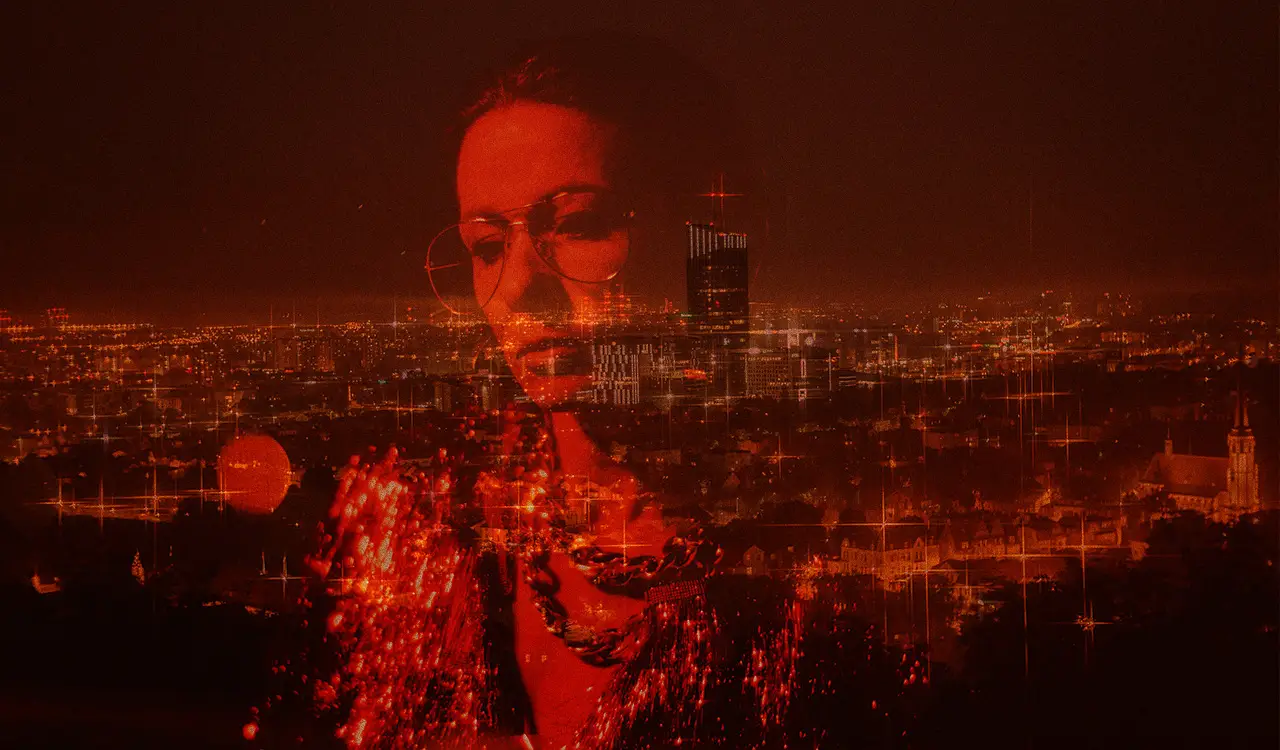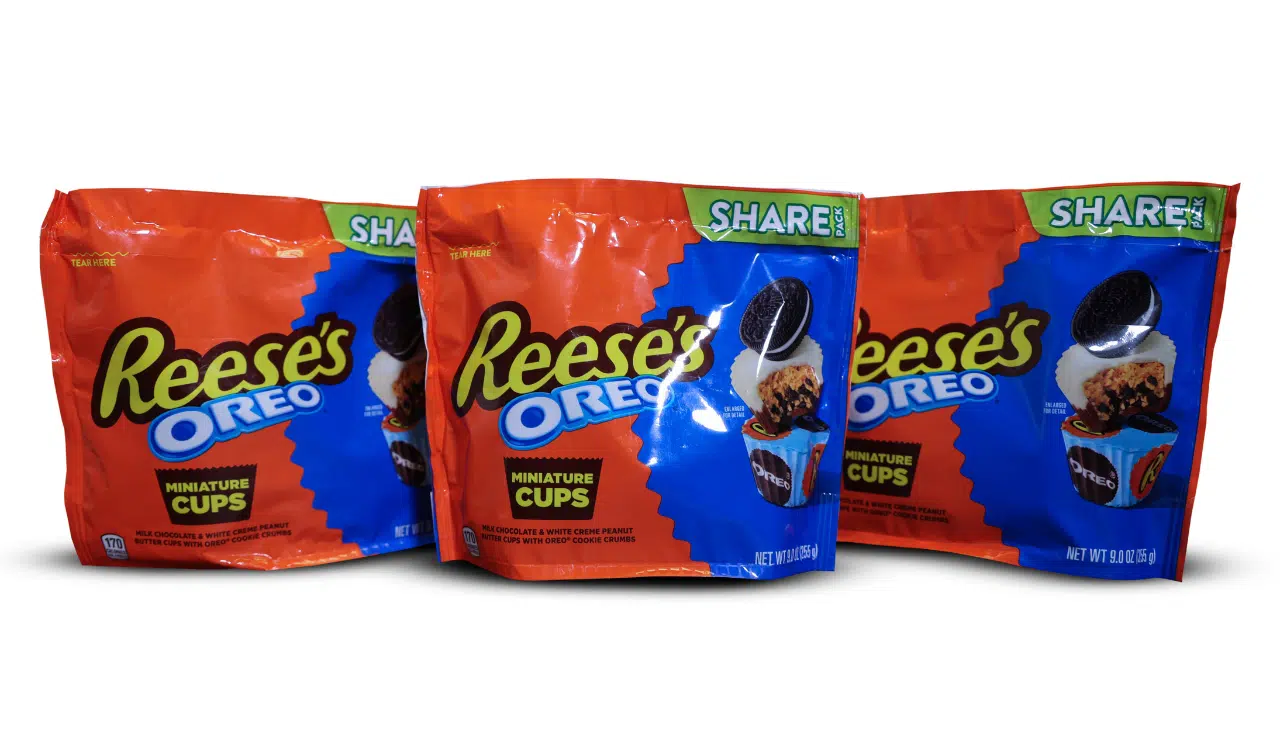There was a time we could still envision when going to the mall used to be a joyous activity. Even an aspirational one. Even a social one. A place where people, especially young ones, wanted to spend their time and money. They still might, but it’s probably no longer an appealing option. There’s something new in consumer culture that’s more entertaining: This is the tipping point moment in the brave new world of the podcast. And I’m all in on a true crime retail podcast. Curious? Read on.
The podcast is a consumer paradigm shift. It’s not about facings, SKUs, and slotting allowances. It’s about storytelling. As for one of the highest growth sectors, True Crime, the scarier the better. It’s a disturbing insatiable appetite for something just shy of true horror. We are willing to scare ourselves silly by listening to some terrifying story whenever and however we leave home – car, bike, subway, train, plane, recumbent bike, or treadmill at the gym.
What Happened?
First, let me deconstruct the demise of the role of retail as popular entertainment. There’s a contraction of footprints in anchor stores. Why? The same old, same old malaise of whatever merchandise remains in stock. The obvious and relentless boredom of the sales staff who have not been supported by frictionless check-out. The endless “25 percent off!” signs establish that these items are not worth their original prices. Underlying anxiety is caused by gun-toting strangers in open-carry states who might become unhinged. The mall cops check IDs at the entrances in recognition of the nascent culpability of teens. And, of course, the universally acknowledged risk of pesky shoplifters masquerading as senior citizens.
If conventional mall-based retail is no longer a joyful destination, surely mass, convenience and drugstores offer hope. Or grocery must be the last bastion of retail health, yes? But perhaps not. Readily available home delivery of pretty much everything, all the time, everywhere takes the glow off the potential risks of shopping – especially when merchandise is locked behind acrylic gates.
Perhaps the food court offers a fresh rationale to lure us back to the mall. Do you take The New York Times Weekly News Quiz? Here’s a non-trick question from the December 29 iteration:
Retail sales from Nov. 1 to Dec. 24 increased from a year earlier, according to new data from Mastercard. Which of the categories below had the largest jump in spending?
- Electronics
- Furniture
- Jewelry
- Kid’s toys
- Restaurants
Not even taking a moment to ponder, we all know it’s “restaurants,” right? Unlike retail stores, restaurants provide a compelling background setting for our own storytelling. Restaurants are fun. Engaging. Social. Relational.
Hear Me Now
What is more engaging, social, and relational? We are consuming podcasts at an impressive rate. Podcasting is a cottage industry with five million storytellers, hundreds of millions of consumers always ready to return for more, billions of dollars in subscription revenue and billions more in advertising.
It’s a consumer paradigm shift. It’s not about facings, SKUs, and slotting allowances. It’s about storytelling. As for one of the highest growth sectors, True Crime, the scarier the better. What an amazing intersection of cultural relevance: the fear and panic attendant to murder and mayhem that doesn’t involve us. It’s a disturbing insatiable appetite for something just shy of true horror. We are willing to scare ourselves by listening to some terrifying story whenever and however we leave home – car, bike, subway, train, plane, recumbent bike, or treadmill at the gym.
Cottage Industry
Here’s the kicker. The cost to manufacture and distribute this storytelling? Hmm. Think about it.
Imagine this real-life, even “ripped from the headlines” scenario: It’s 2018 and you have an avocation you want to make your vocation. You have little to lose, except some seed capital. You have a great passion for the category. You have a BFF who is similarly obsessed. You are a self-described true crime junkie. You have a day job selling medical supplies. In a different era, you might have tried to wedge yourself into emerging categories, maybe craft beers, organic Madagascar vanilla ice creams, or luxe chocolate chip cookies, trying to find a nook and cranny of white space.
Fast-forward five years. The Crime Junkie podcast is up and running. Indeed your brand has blossomed. Billions of followers. Half a million reviews, averaging 4.5 stars. Available in 171 countries. Your own production company offers multiple programs and brand extensions, including the kind of t-shirt, hoodie and coffee mug merch that shows how much your followers want to badge themselves to your brand. You travel the globe on press tours, making scores of personal appearances. Major national brands – the ones that did not hire you – now jockey for your endorsement. Google says you’re a millionaire many times over. All in five years. Wowzah!
You’ve done it, Monday afternoon after Monday afternoon injecting more stories into this astonishingly crowded field. The consumer appetite for true grit seems pretty much insatiable. The best algorithm wins. The most personal passion for the project wins.
I am seriously contemplating a true crime podcast of my own. Let’s call it The Red Ink Edition: Tales from the Retail Crypt. I’ll track the cold-blooded and vicious murder/suicide pacts of malls, Macy’s, Sears, Kmart and beyond.
I’ll chronicle how the bystanders in the financial sectors cheered on the true crime of debt accumulation, incapacitating victims one price promotion at a time, one pair of rose-colored glasses at a time, one inability to master storytelling at a time. It will be the renaissance of retail entertainment. Thrills! Chills! Horrors! And at last, a way to monetize retail’s systemic failure of the imagination.





